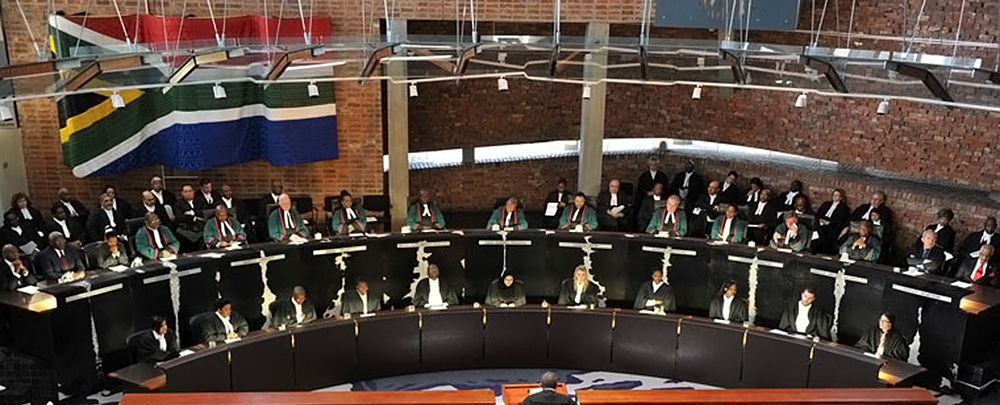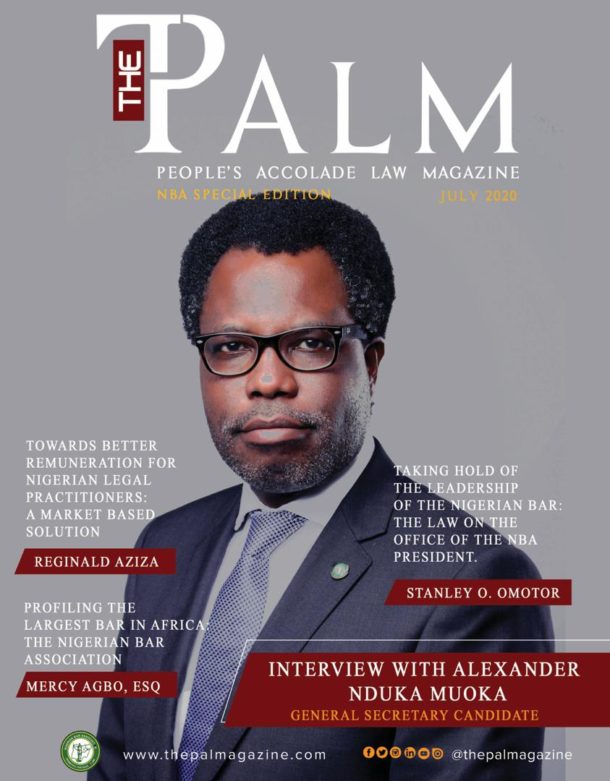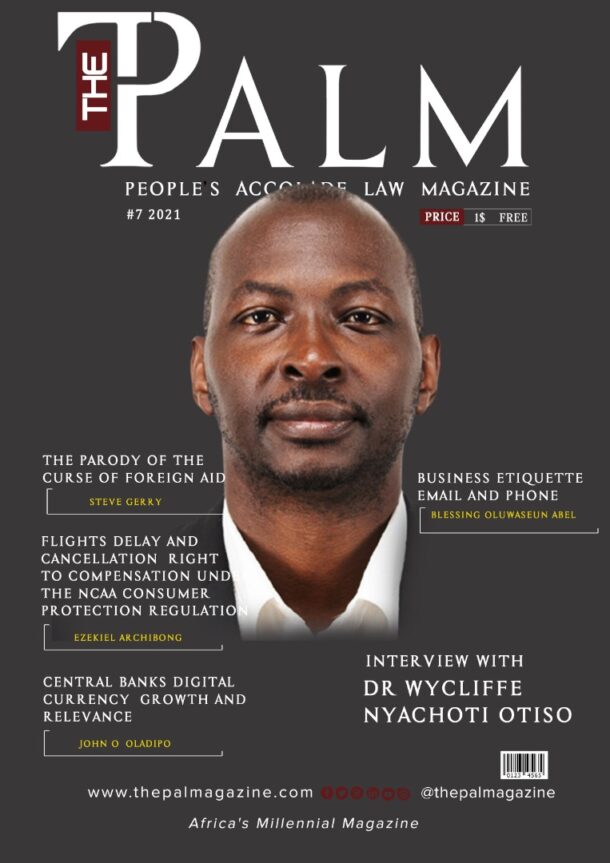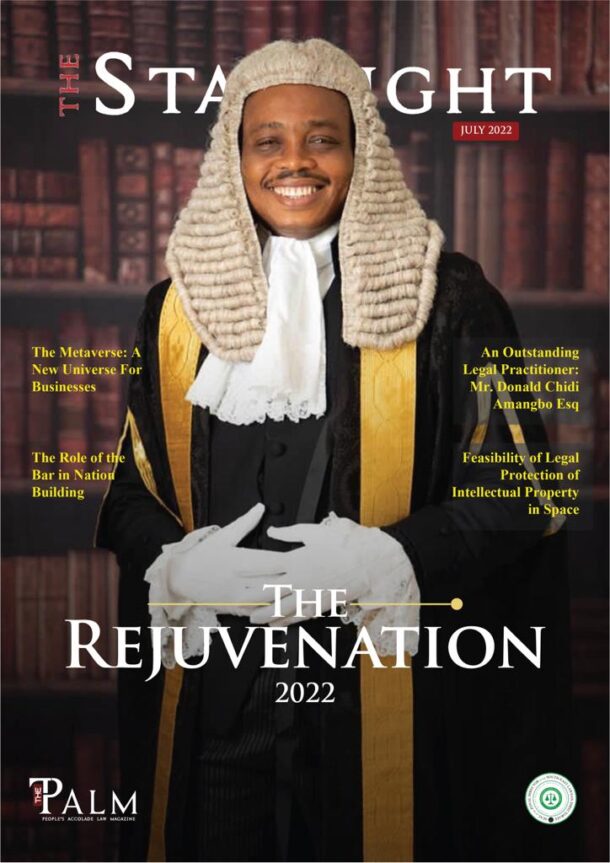Aggrieved employees who have been dismissed by their employers in most cases refer an unfair dismissal dispute to either the Commission for Conciliation, Mediation and Arbitration (CCMA) or the Bargaining Council which holds the necessary jurisdiction to adjudicate such dispute. In most cases, these employees would be seeking relief in the form of reinstatement, compensation or sometimes even backpay. But what does it mean when a reinstatement order is granted?
In simple terms, the word ‘reinstate’ means to restore something to its former position. In the case of Equity Aviation Services v Commission for Conciliation, Mediation, and Arbitration and Ors Nkabinde J defined reinstatement as follows:
“[36] The ordinary meaning of the word “reinstate” is to put the employee back into the same job or position he or she occupied before the dismissal, on the same terms and conditions. Reinstatement is the primary statutory remedy in unfair dismissal disputes. It is aimed at placing an employee in the position he or she would have been but for the unfair dismissal. It safeguards workers’ employment by restoring the employment contract. Differently put, if employees are reinstated they resume employment on the same terms and conditions that prevailed at the time of their dismissal… the fact that the dismissed employee has been without income during the period since his or her dismissal must, among other things, be taken into account in the exercise of the discretion, given that the employee’s having been without income for that period was a direct result of the employer’s conduct in dismissing him or her unfairly.”
It is important to note from the outset that an order of reinstatement automatically creates an obligation on the employer and the employee. The employer must reinstate the employee, and the employee has a corresponding obligation to report for duty. In essence, the reinstatement order resurrects the contract of employment. In many cases, the employer would refuse to reinstate the employee and elect to pursue a review application at the Labour Court. If this happens, and the employer consequently refuses to reinstate the employee despite the employee having reported for duty and sought to be reinstated, the employer may later be met with a claim for outstanding salaries.
As set out above, an employer’s failure to timeously reinstate the employee may create monetary liability on the part of the employer. This means that should the review application be dismissed, the employee would be entitled to payment of outstanding salaries for the period from the date of reinstatement to the date of compliance with the reinstatement order; that is the date the employer eventually reinstates the employee. This relief is necessary to safeguard the interests of employees. The employer cannot unreasonably refuse to reinstate the employee; especially where there is an Award ordering the employer to reinstate the employee.
In National Education and Health and Allied Workers Union (NEHAWU), v UCT the principle of security of employment was reaffirmed and it was held:
“Security of employment is a core value of the LRA and is dealt with in Chapter VIII. The chapter is headed “Unfair Dismissals”. The opening section, section 185, provides that “every employee has the right not to be unfairly dismissed”. This right is essential to the constitutional right to fair labour practices… It seeks to ensure the continuation of the relationship between the worker and the employer on terms that are fair to both.”
Simply put, the employer would then be required to put the employee in a position they would have been but for the unfair dismissal and/or but for the unnecessary…click to continue reading

Featured image: South African Constitutional Court in Bramfontein. (Photo: GCIS.)

































